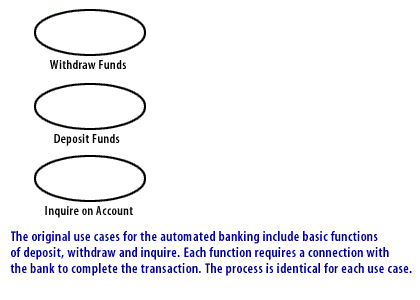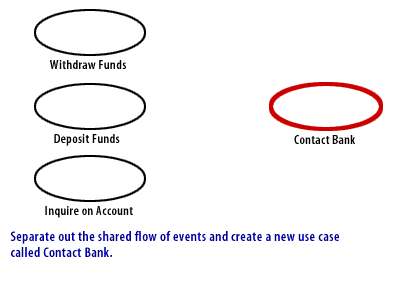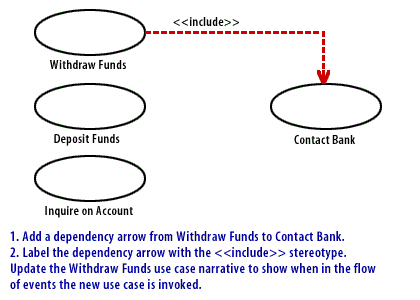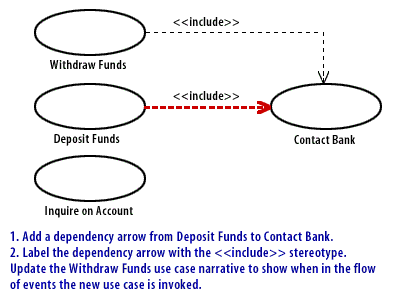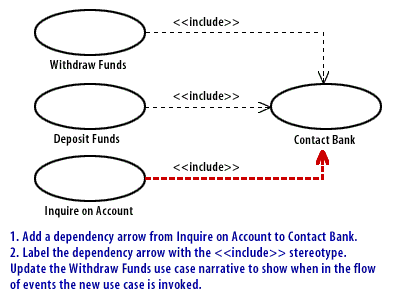Includes Stereotype in UML
The 'Includes' stereotype is used in Unified Modeling Language (UML) to represent a relationship between use cases where one use case includes the functionality of another use case. In UML notation, the 'includes' stereotype is depicted as a dashed arrow with the '«include»' label pointing from the including use case to the included use case. This means that the included use case is a part of the including use case and cannot be performed without the including use case.
The 'includes' stereotype is often used when there is a common sequence of steps that occur in multiple use cases. By extracting these common steps into a separate use case, they can be reused in multiple use cases, reducing duplication of effort and improving maintainability. For example, consider a use case for making a payment that includes the use case for verifying payment information. The 'includes' stereotype would be used to indicate that the 'verify payment information' use case is included in the 'make a payment' use case. This means that the steps for verifying payment information are necessary for the 'make a payment' use case to be completed successfully.
The 'includes' stereotype is often used when there is a common sequence of steps that occur in multiple use cases. By extracting these common steps into a separate use case, they can be reused in multiple use cases, reducing duplication of effort and improving maintainability. For example, consider a use case for making a payment that includes the use case for verifying payment information. The 'includes' stereotype would be used to indicate that the 'verify payment information' use case is included in the 'make a payment' use case. This means that the steps for verifying payment information are necessary for the 'make a payment' use case to be completed successfully.
